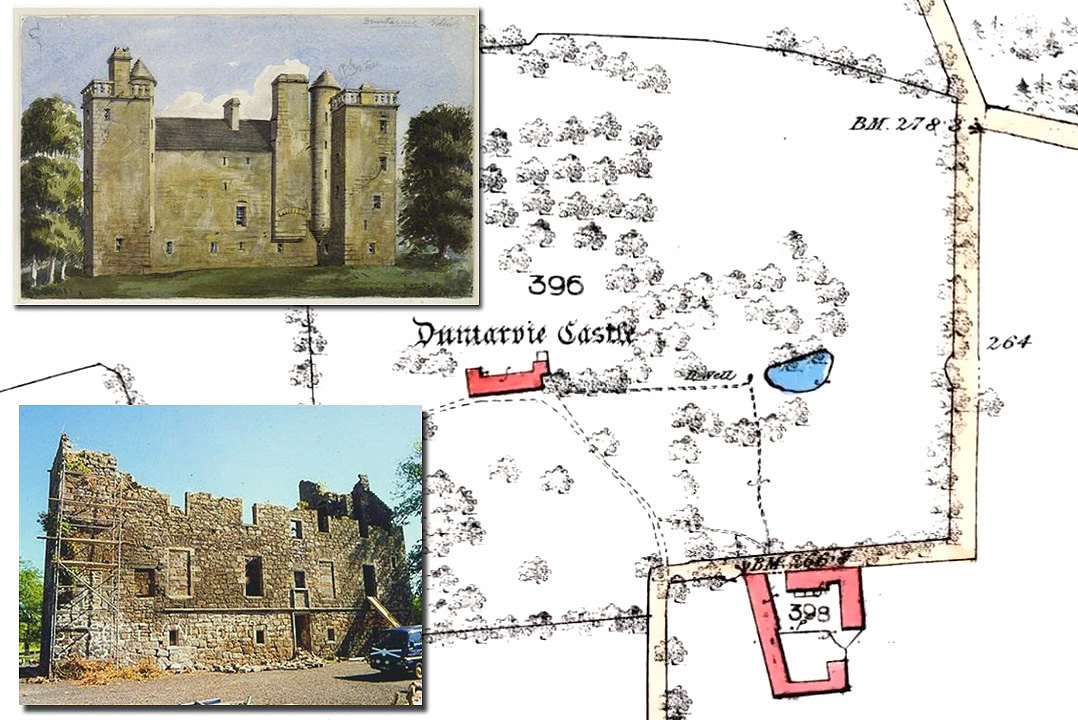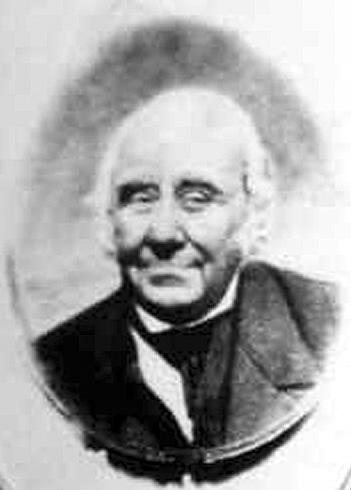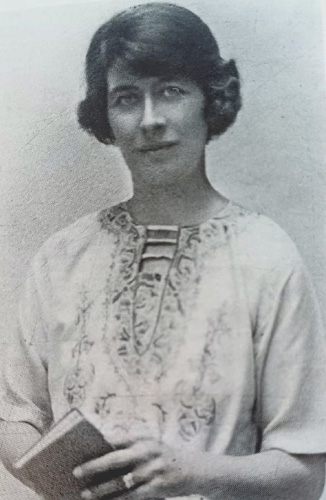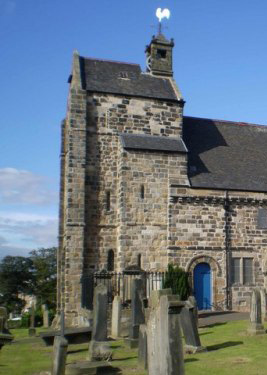The Bartholomews of Kirkliston and Duntarvie
From tenant farmers in West Lothian to pioneering women in the world of medicine


Farmer 1774-1856
This branch of the Scottish Bartholomews is closely related by DNA to both the Bartholomews of Linlithgow and the Bartholomews of Falkirk and Muiravonside. They settled in the parish of Kirkliston, Linlithgowsire. The spelling of the Bartholomew name varies in early records and were often interchanged for the same person: Here are just a few variants: Bartleman, Bartolomo, Bartholomew, Bartilman, Barclaman and Barclay.
A rent book shows that James Bartleman was tenant of Greendykes Farm from the year 1653 onwards. This genealogy commences with his son, James Bartilman (1646-1706), who married Katherin Potter in the parish of Strathbock. It is believed they had several children, but it is son James junior whose descendants are recorded here to the present day. James would marry a Marion Black in 1715 and together they would have six daughters and one son, also called James born 1736.
Greendykes Farm then passed to this James, who married Isabell Brash in 1767. They produced a large family of seven daughters and five sons. James was buried in Kirkliston Kirkyard in 1823, in his 87th year. (See separate panel)
With oil shale bings encroaching on the land at Greendykes, John Bartholomew (1774-1856) decided to also take on Duntarvie Farm featured above. The family took residence in the castle as tenants which gradually fell into disrepair. The family moved out about 1840 and consolidated their farming on the 417 acres at Duntarvie rather than the 230 acres at Greendykes. Duntarvie Castle is recorded as a ruin on maps since then. Today in 2024, the castle is in advanced stages of restoration and modernization. More about this work here.

Two noteable women stand out in the descendants that follow in the family tree:
Dr Isabella Mears born 1853 at Duntarvie Farm was the third child of James Bartholomew (1810-1900). Keen to take on missionary work abroad, she chose to study medicine in Dublin, at a time when neither London or Edinburgh medical faculties would admit women. Isabella became the twenty-fifth woman to be put on the Medical Register. In 1879, she married a lecturer in anatomy, William Pope Mears. Isabella and William went to Foochow, China for three years as missionaries, after which they returned to Edinburgh. They then established the Woodburn Sanatorium in Edinburgh. Besides a keen interest in genealogy, Isabella was well-versed in Chinese philosophy. She translated the Tao Te Ching in 1916 into English. One son and one daughter studied medicine. Isabella died in 1936.

Bartholomew ca. 1912
Dr Winifred Rushforth was born at Duntarvie Farm in 1885, the middle of five children, of John Bartholomew and Agnes Findlater (see also the story of the rescue of SS Seuvic on this page).
Winifred felt deeply influenced by her aunt Isabella. She studied medicine in Edinburgh and graduated in 1908, after which she accepted a post as a medical missionary in Nagpur, India. She married Frank Rushforth in 1915.
After studing Freudian analysis in London, Winifred took on patients for psychoanalysis. She founded the Davidson Clinic in Edinburgh in 1939, before support was available on the National Health Service to provide support for psychological illness. She was awarded the OBE in 1973. She met Gandhi twice. Her perspectives were admired and respected by many influencial people including Charles, Prince of Wales and future King. Charles honoured her with a visit to her hom in 1983. Her circle included Sir Laurens van der Post, Sir George Trevelyan and Lady Balfour. She corresponded with Carl Jung in Switzerland, who visited the clinic in Edinburgh and complimented on how she put his theories into practice. Even aged 97, Winifred was still practicing medicine. She died in 1983.
Research Acknowledgement: The majority of the information on this branch of the Scottish Bartholomews is based on family records collected and transcribed by Isabella Mears (née Bartholomew) and enhanced by painstaking research by John Galen Bartholomew validated from family archives and online registration records and digitally archived documents.









